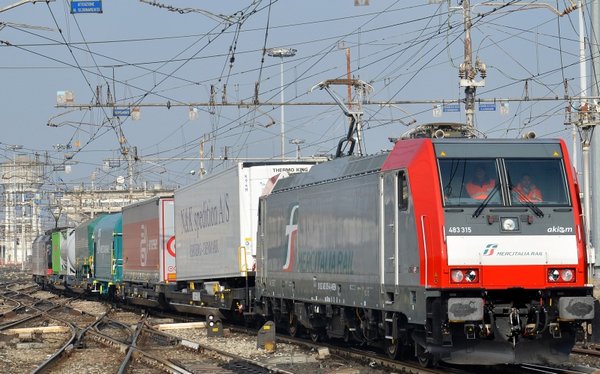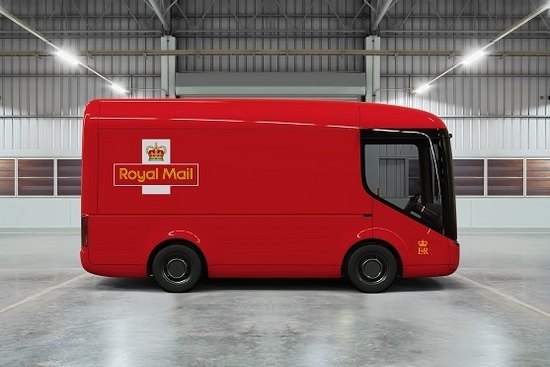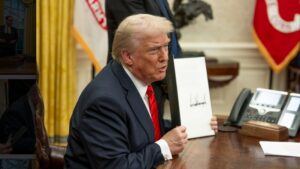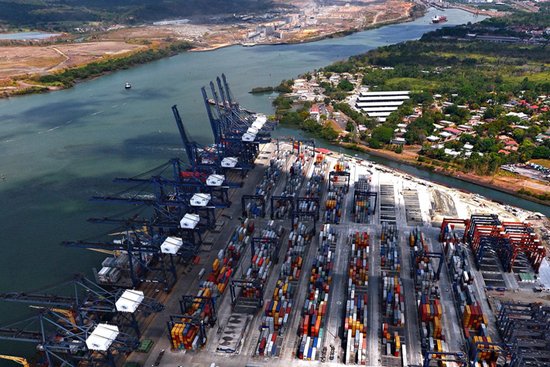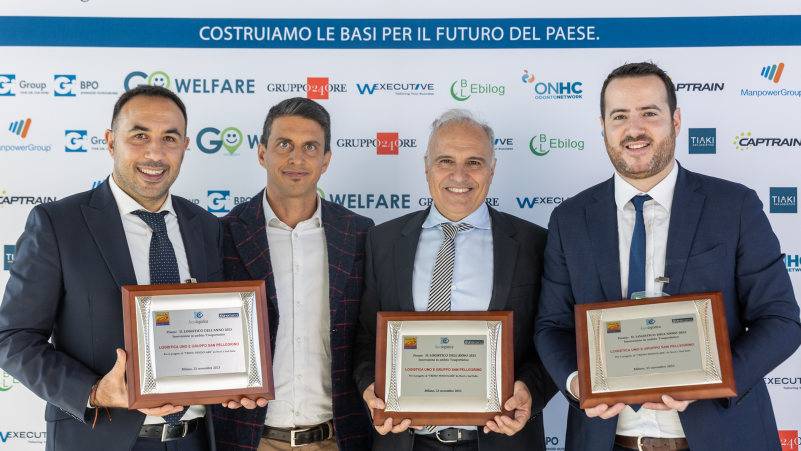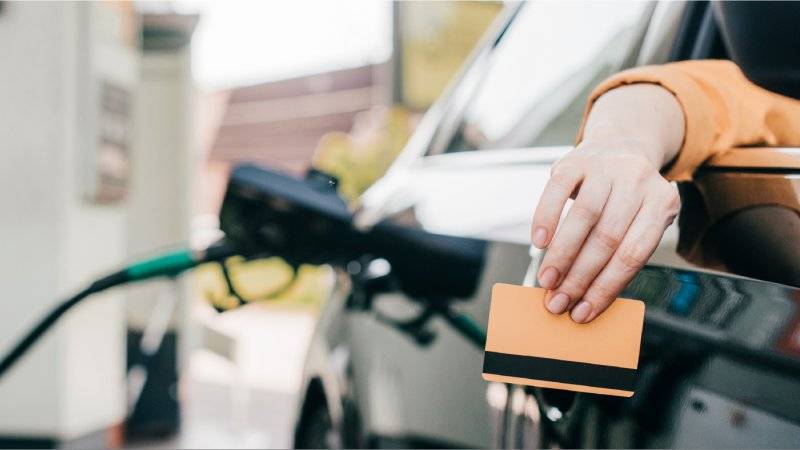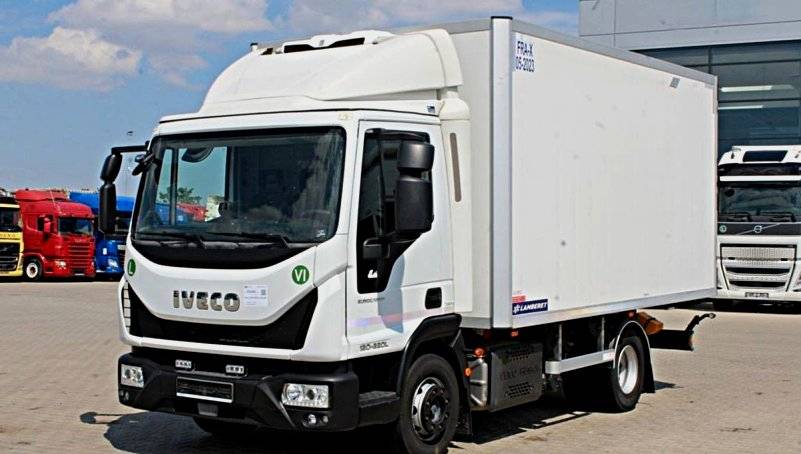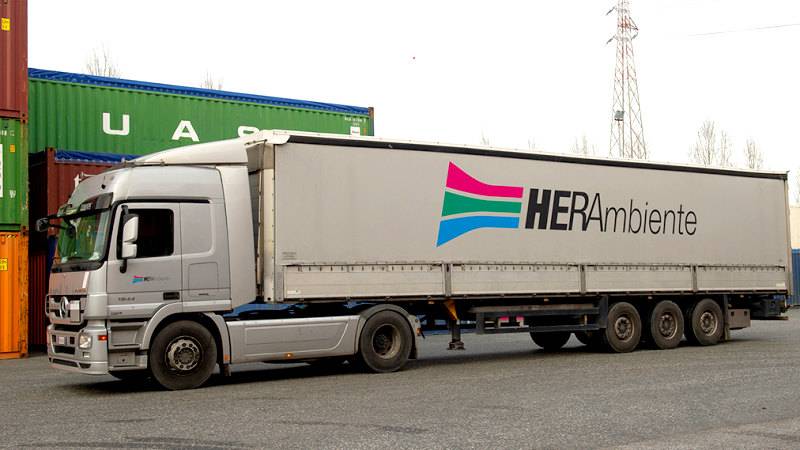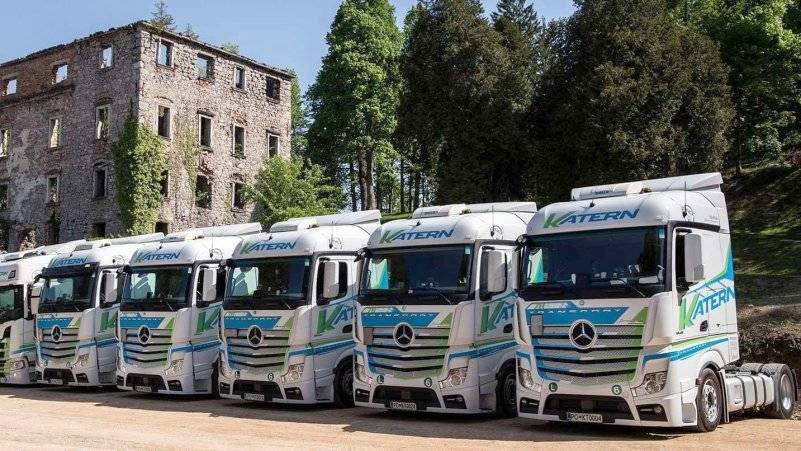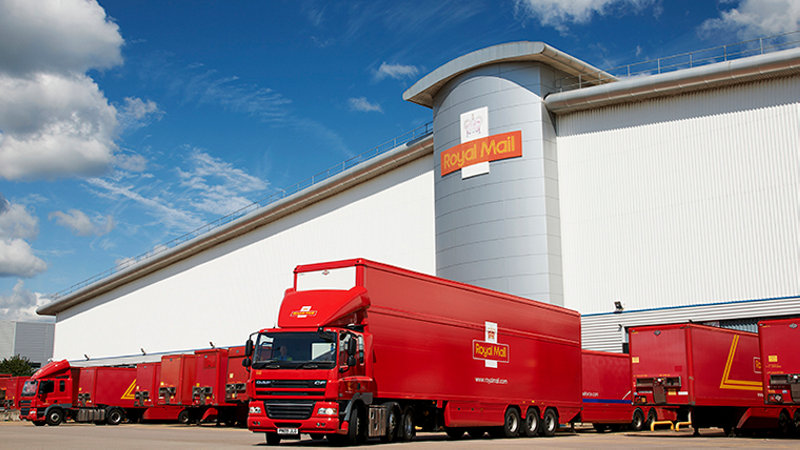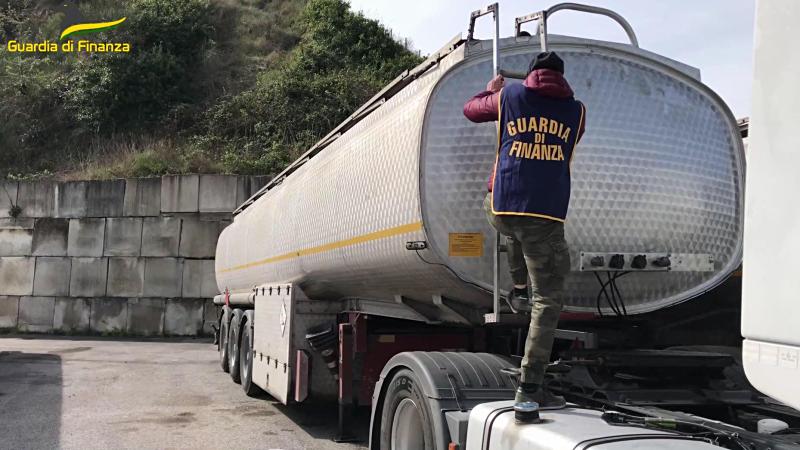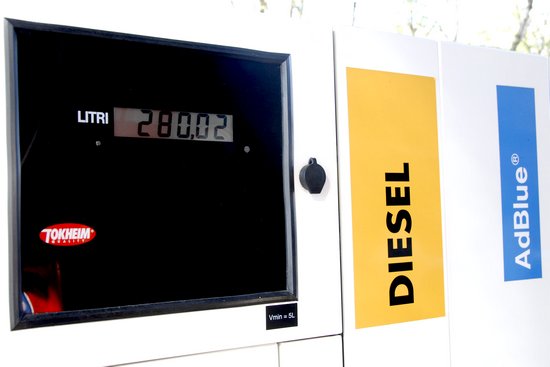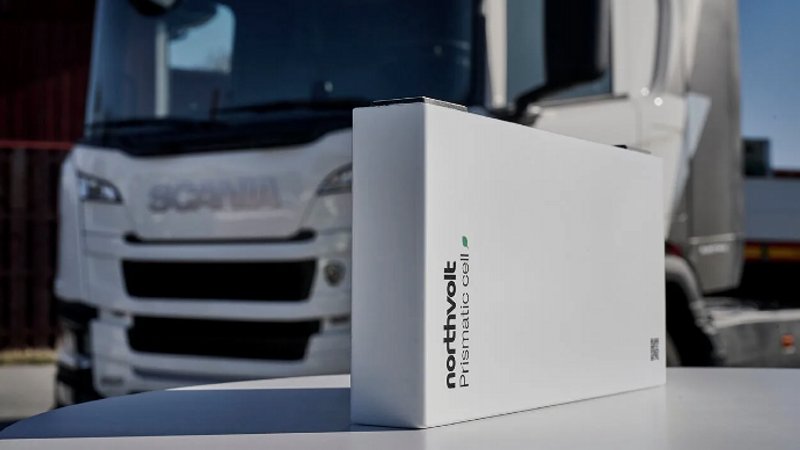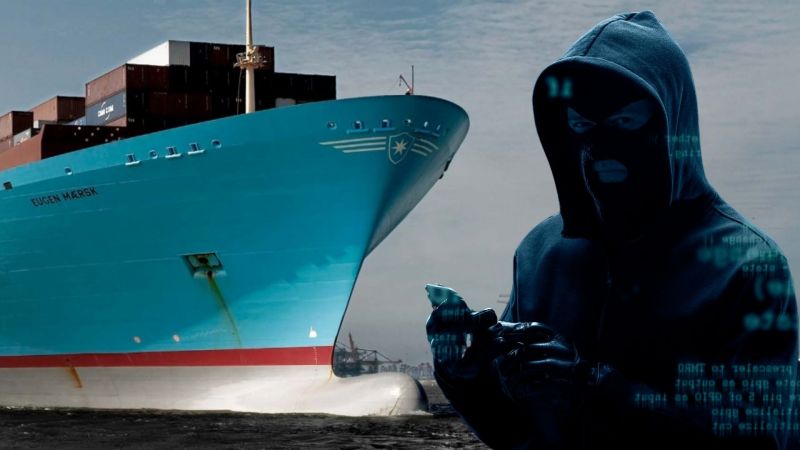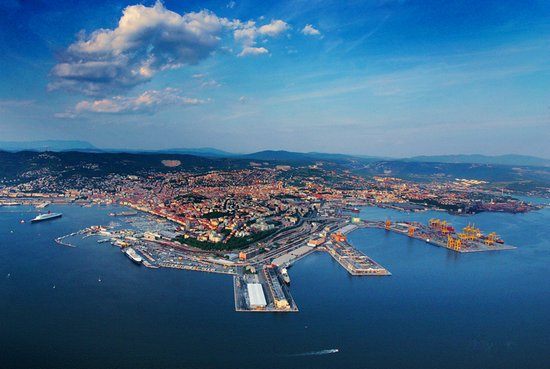On 2 April 2025, the President of the United States announced the introduction of customs duties on goods imported into the country. The executive order signed by Trump outlines that the new tariffs will be implemented in two stages and will not affect goods already shipped to the US. From 00:01 EST on Saturday 5 April 2025, all goods imported into the United States will be subject, "in accordance with the law", to an additional ad valorem duty of 10%. This applies to both goods released for consumption and those withdrawn from a bonded warehouse. The text specifies that goods already loaded on a vessel and in transit before that time will be exempt, provided they were embarked at the port of origin by the deadline.
A second wave of measures will take effect on Wednesday 9 April 2025, again at 00:01 local time. From that point onwards, goods originating from certain countries (listed in Annex 1) will be subject to differentiated ad valorem duties depending on the country of origin. Here too, goods already in transit before the deadline will be excluded from the new duties. The tariff rate set for the European Union is 20%.
The executive order also includes a list of exemptions (Annex 2), including goods protected under 50 U.S.C. 1702(b) (national security interests); steel and aluminium already subject to tariffs imposed under Section 232 of the Trade Expansion Act of 1962 and various presidential proclamations from 2018 to 2025; vehicles and automotive components covered by Proclamation 10908; products considered strategic such as copper, pharmaceuticals, semiconductors, timber, critical minerals, energy and derivatives; goods subject to Column 2 duties under the Harmonised Tariff Schedule of the United States (HTSUS); and goods that may be subject to future tariffs under Section 232.
A notable new provision is that the tariff will only be applied to the portion of a product's value that is not of US origin, provided that at least 20% of the value derives from content produced or processed in the United States. Customs authorities may request all necessary documentation to verify the origin and processing of the components.
From 9 April, goods subject to the new tariffs entering a foreign-trade zone will have to be registered under "privileged foreign" status, limiting the ability to benefit from the usual customs advantages of such zones. As for the de minimis regime (which allows duty-free entry for goods valued under $800), it will remain temporarily in effect. However, once the Department of Commerce certifies that the tariff collection systems are fully operational, even low-value goods will lose this exemption.
The tariffs introduced by this order also apply to goods originating from Hong Kong and Macao, treating them as equivalent to those from the People's Republic of China in a clear attempt to reduce circumvention through transhipment. China will face the highest tariff rate at 34%. Conversely, some countries will only be subject to the base rate of 10%, including the United Kingdom, Singapore, Brazil, Australia, New Zealand, Turkey, Colombia, Argentina, El Salvador, the United Arab Emirates and Saudi Arabia.
The situation regarding Canada and Mexico is more complex. The order clarifies that extraordinary tariffs of 25% are already in force on goods not originating under the USMCA agreement, imposed in response to drug trafficking and irregular migration emergencies. However, imports of energy and potassium from Canada will be subject only to an additional 10% duty. Should these extraordinary tariffs be suspended, a 12% rate would apply to non-USMCA origin goods, while products complying with the agreement would remain exempt, except for energy, potassium, and components already incorporated into substantially finished items within the United States.



